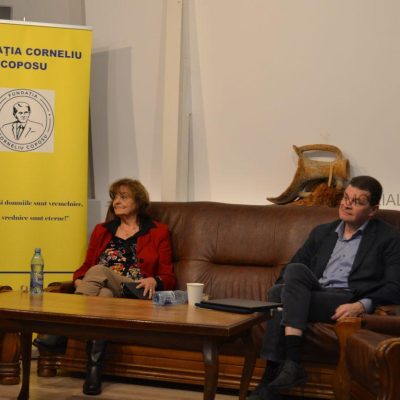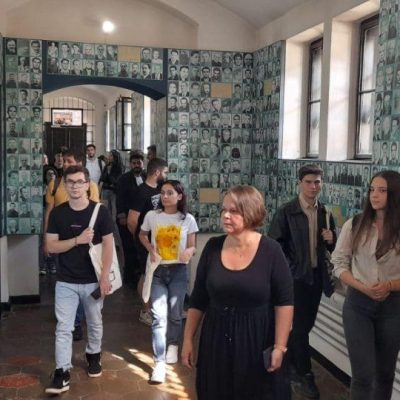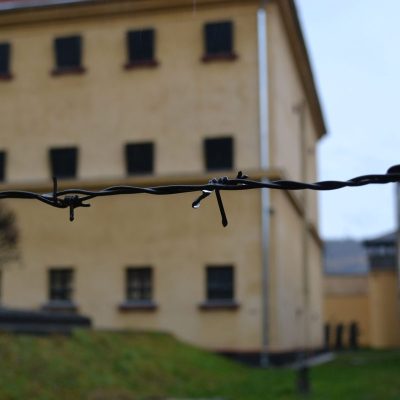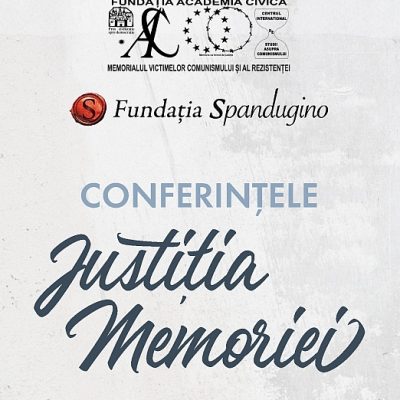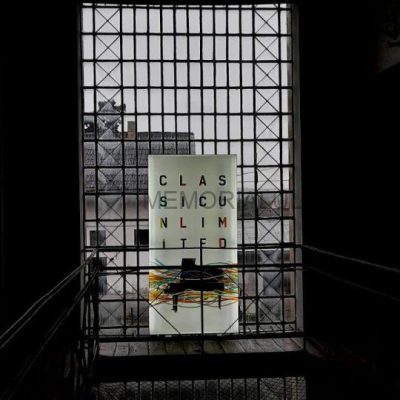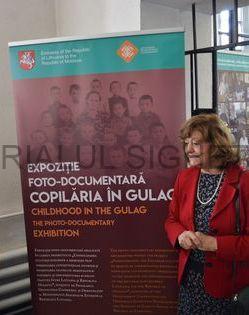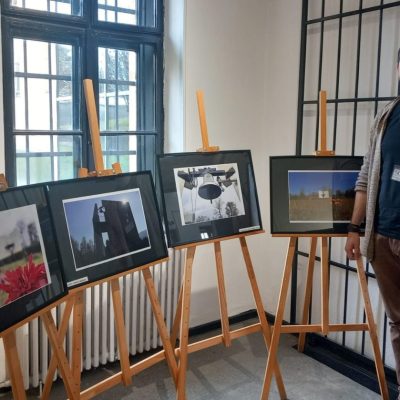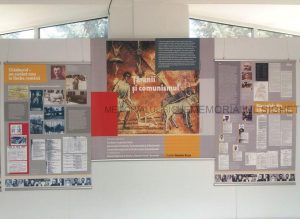 Our travelling exhibition “The Peasantry and Communism. Requiem for the Romanian Peasant” had in 2020 a long journey through several cities in the Republic of Moldova.
Our travelling exhibition “The Peasantry and Communism. Requiem for the Romanian Peasant” had in 2020 a long journey through several cities in the Republic of Moldova.
In February the exhibition was opened at the University of Cahul.
In May and June the exhibition was opened at the National Museum of History of Moldova in Chisinau.
From 15 July to 5 August the exhibition was hosted by the Museum of History and Ethnography of Nisporeni.
From 20 August to 13 September the exhibition was opened at the Calarasi History Museum.
And from 21 September 21 to 4 October the exhibition was hosted by the Orheiul Vechi Museum Complex.
The last stop was at the Ethnography Museum of Sangerei at the end of October.
We want to thank Ludmila Cojocaru, Virgiliu Bîrlădeanu and ProMemory Institute for all support given in organizing this exhibition in the Republic of Moldova.
The itinerary of the exhibition in the Republic of Moldova was one of the activities of the project “Researching totalitarian regimes and building the culture of European memory to overcome historical traumas: promoting best practices between the Republic of Lithuania and the Republic of Moldova” (implemented by the Institute of History in cooperation with the National Museum of History of Moldova and Center of Excellence “ProMemoria” Institute of the State University of Moldova, with the support of the Program “Promoting Cooperation and Democracy” of the Ministry of Foreign Affairs of the Republic of Lithuania)
The exhibition was created in March 2009 to mark the sixtieth anniversary of the commencement of the forced collectivisation of agriculture and the beginning of the hell endured by the Romanian peasantry (the Plenary of the Central Committee of the Romanian Workers’ Party held on 3-5 March 1949). The curator of the exhibition was Romulus Rusan.
Using archive documents, period photographs, and oral history accounts, the exhibition recreates the Romanian rural world that was swept away by the juggernaut of communist collectivisation. One of the main elements of the exhibition is a map of the more than one hundred peasant uprisings against collectivisation and quotas between 1949 and 1962.
The Timiş and Arad branches of the AFDPR, the Alexandria County History Museum, and many eyewitnesses, some of whom are now historians of the events, contributed to the creation of the exhibition.



